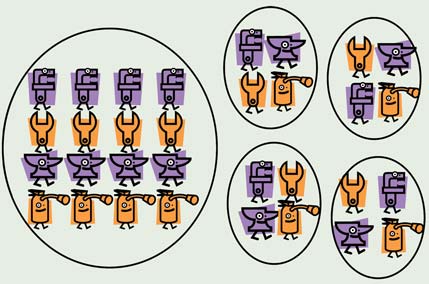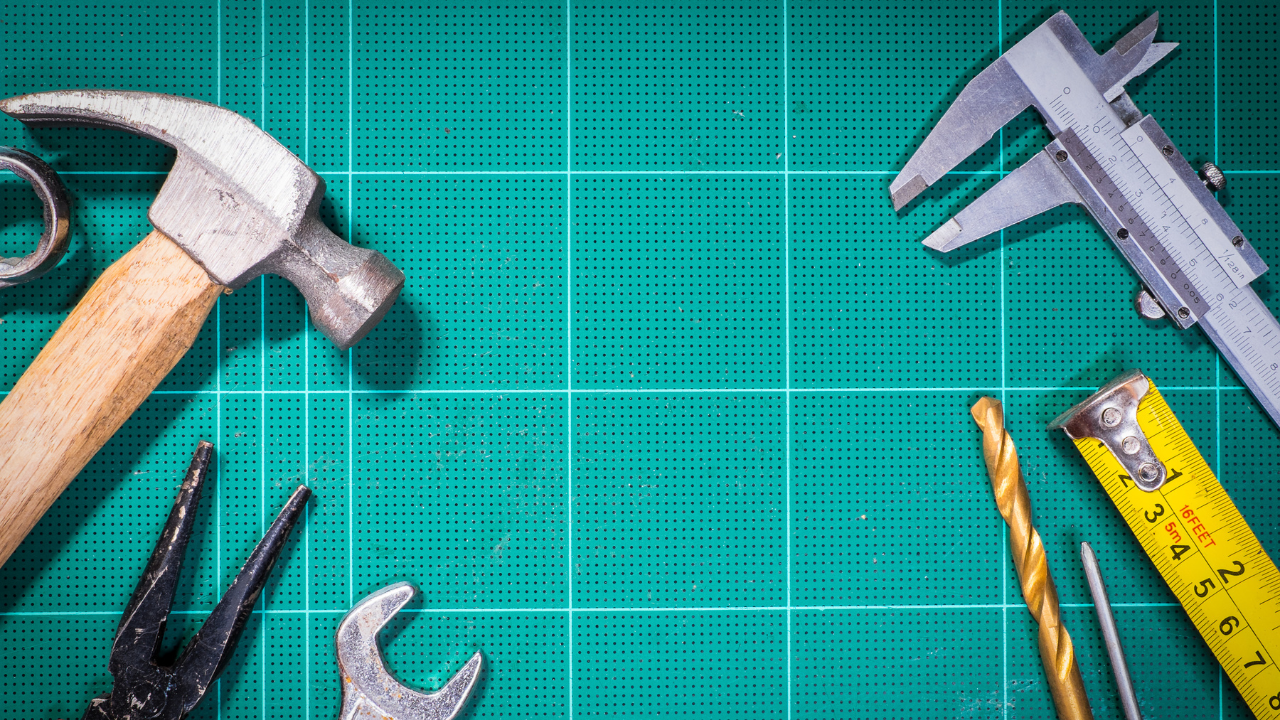Centralized Maintenance vs. Decentralized
www.reliableplant.com
Companies often ask if maintenance planning and scheduling will work if they have a decentralized maintenance organization. Yes, it will. In fact, they need planning and scheduling just as much as a centralized shop. Let’s review why.
Centralized maintenance organizations excel at planning and scheduling – to a fault if they don’t give adequate attention to operations’ concerns. The operations group may feel there is a “maintenance black hole.” “Work orders go in, but don’t come out.” Or, they say, “I have to make maintenance do it today or promise to do it tomorrow; otherwise, they will never do it!” So, we decentralize maintenance to provide each area with its own maintenance force. The decentralized units may report to a single maintenance manager, but they are primarily responsible for maintenance in their assigned areas. The units may even report to an operations manager. Either of these variations may coincide with each individual on the crew being responsible for a particular machine. All in the name of ownership, management feels these decentralized maintenance resources are more interested in the areas they “own.”
The problem with decentralizing into more ownership is a tangible decline in productivity. Yes, the decentralized maintenance workforce more quickly addresses the urgent work than does the centralized force. Yet, decentralized groups show less interest in scheduling work in advance and are more difficult to steer away from doing reactive work. However, we must complete that lower-priority work to head off reactive work. Hence, the need for schedules. Schedules drive productivity in maintenance through goal setting. Some companies employ a hybrid organization where a centralized force does much of the work while areas still have their own smaller maintenance resources to respond to urgent work. Even so, the smaller decentralized units exhibit low productivity.

The second principle of scheduling squarely addresses this issue. It states that schedules and priorities are important. This seemingly simple statement carries much meaning. Centralized maintenance naturally values schedules, while decentralized maintenance values priorities. Company management must employ a system that drives both values, whether centralized or not.
We oversimplify the solution by attempting to make centralized maintenance view operations as its customer or by thinking that the ownership inherent in decentralized maintenance completes enough work to maintain assets properly. Both of these notions imply that the productivity that comes from scheduling is unnecessary. Yet, it is necessary. We need to accomplish enough work. In fact, while most companies do a good job with specializing, they don’t do a very good job coordinating specialized groups. Another way of saying this is that most of our improvement opportunities deal with the interfaces between groups. The proper planning and scheduling system deals with maintenance and operations as partners. Balancing schedules and priorities provides coordination between maintenance and operations. Scheduling drives maintenance productivity by setting goals. A proper priority system drives scheduling the proper work. In addition, proper priorities dictate that sometimes we should break the schedule.
Together, schedules and priorities help maintenance, whether the group is centralized or not. Absolutely, formal maintenance planning and scheduling helps the decentralized maintenance workforce.
Related Articles

A Planner's Tool Kit

Uptime: Fill Out Work Orders? Who's Got Time for Paperwork?

Tips for Maintenance Planning

You Cannot Maximize Production or Reduce Costs Without the use of an Effective Planned Maintenance System

Work Order Prioritization




